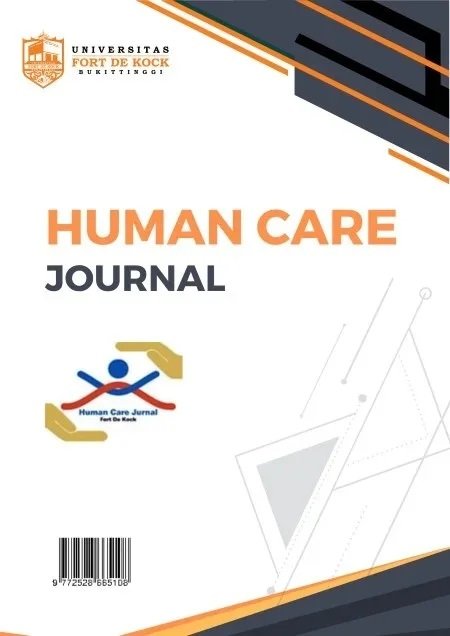ANALISIS PENGELOLAAN SAMPAH DAN DAMPAK LINGKUNGAN DI TEMPAT PENAMPUNGAN AKHIR (TPA) KABUPATEN SIJUNJUNG
DOI:
https://doi.org/10.32883/hcj.v9i2.2969Abstract
According to the World Health Organization (WHO), waste refers to anything that is no longer
used, needed, liked, or discarded by humans and does not occur naturally. Problems arising from
waste include the loss of aesthetic value in the environment, leading to soil, water, and air
pollution. The aim of this study is to analyze waste management and its environmental impacts in
the landfill site of Sijunjung Regency in 2024. This qualitative research employed purposive
sampling to select participants and conducted in-depth interviews. Twelve informants were
studied in March at the landfill site of Sijunjung Regency. Based on the input for waste processing,
several waste banks have been established and household-scale composting has been
implemented in several villages. However, the final disposal of waste still relies on open dumping
methods. Moreover, the environmental impact on the surrounding community is evident, as the
odor from accumulated waste at the landfill site significantly disrupts the residents' sense of smell.
In terms of output, the implementation of existing waste management practices is inadequate. The
conclusion drawn from this research is that waste management at the landfill site of Sijunjung
Regency is far from optimal, both in terms of input issues and process-related problems
Downloads
Published
How to Cite
Issue
Section
License

This work is licensed under a Creative Commons Attribution 4.0 International License.
Setiap naskah yang terbit di jurnal Human Care ini adalah dianggap sebagai karya dari penulis.
Pemegang hak cipta adalah jurnal Human Care. Semua pembaca memiliki akses untuk masuk ke jurnal Human Care dan menjadikan naskah yang terbit di jurnal Human Care sebagai referensi.



